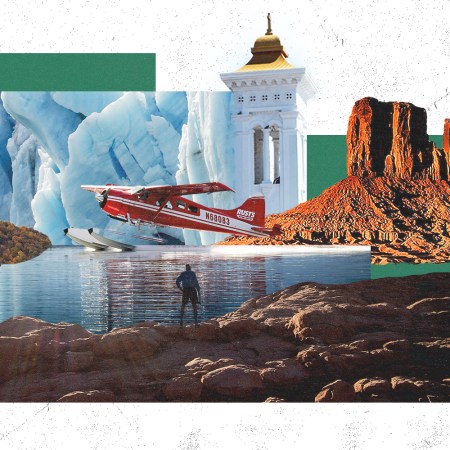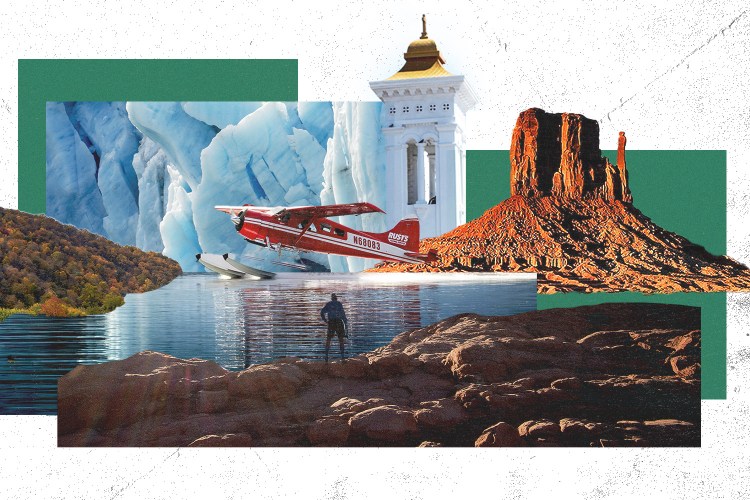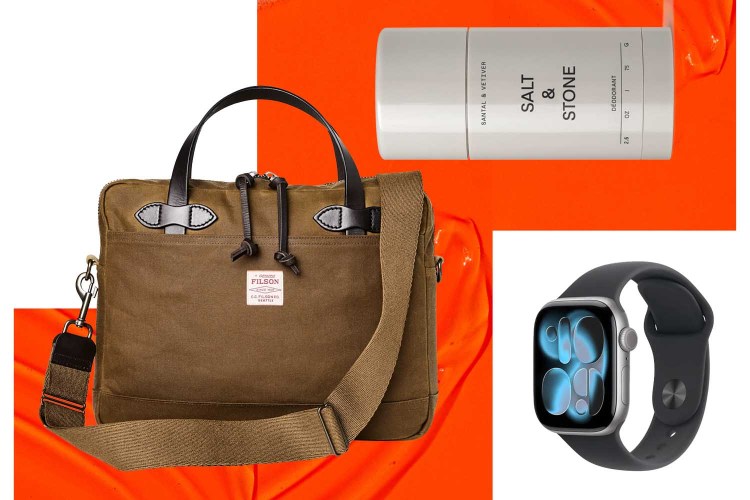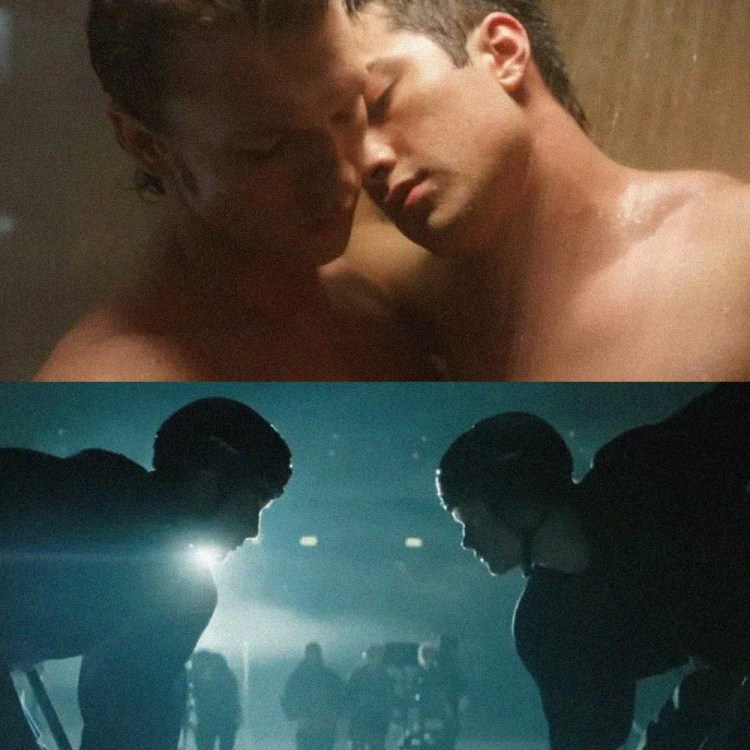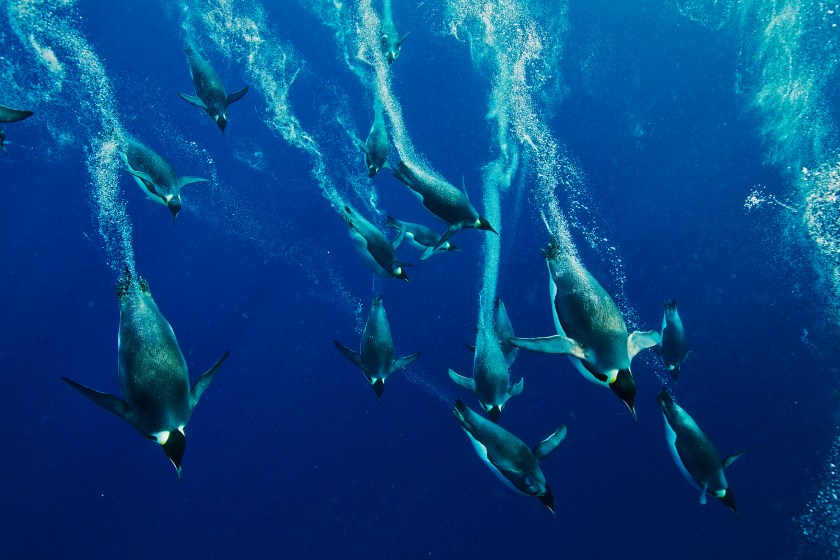
An unprecedented agreement was recently reached to create a vast Antarctic marine sanctuary, backed by the United States and New Zealand, in the Ross Sea—the world’s largest—at a meeting of the Conservation of Antarctic Marine Living Resources (CCAMLR) in Hobart, Tasmania.
Yet the global summit adjourned before the countries could reach a consensus on a second massive proposal to protect East Antarctica, spearheaded by Australia and France.
What’s All the Fuss About?
Conservationists have been pushing for years to better protect pristine Antarctic waters—claimed by a host of countries—from exploitation. Plans were tabled in 2012 to create two massive and remote marine sanctuaries, in the Ross Sea and East Antarctica. Jointly they would account for more than 965,255 square miles of ocean. Each has been modified to allow some fishing and research as long as conservation values are met.
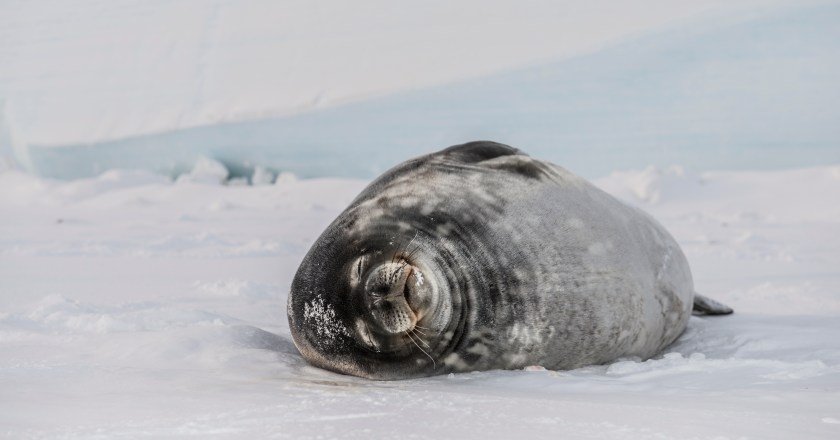
Why Is It So Important?
The Antarctic remains one of the world’s last wild frontiers, containing some of the most pristine marine ecosystems left on the planet, with many habitats yet to be studied. Antarctica’s largely untouched Southern Ocean is seen as a critical laboratory for scientists monitoring the effects of climate change. The area is also home to more than 10,000 unique polar species, including most of the world’s penguins, whales, and seabirds, as well as commercially targeted Antarctic toothfish and krill.
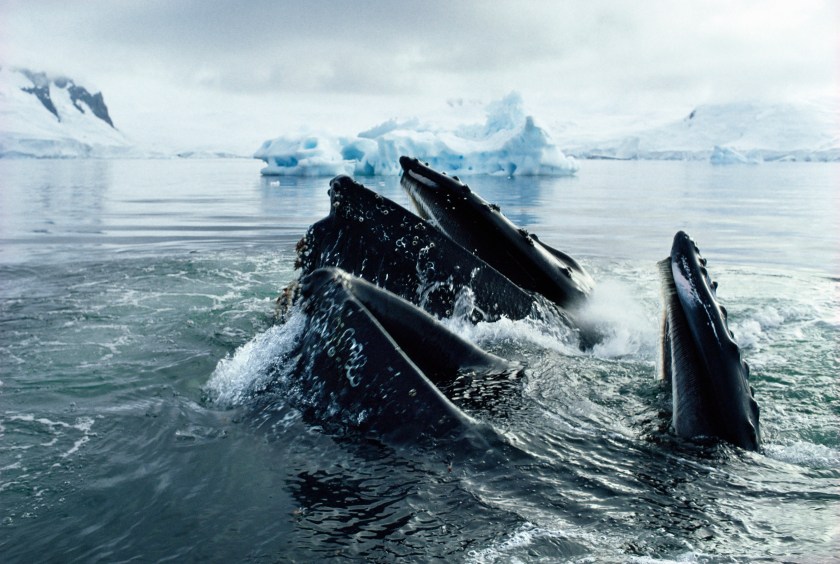
What Is an MPA?
An MPA (Marine Protected Area) safeguards all or part of the natural resources in the zone it covers. This includes marine species, biodiversity, habitat, foraging and nursing grounds, and in some cases historical and cultural sites. They are used to complement other management tools including catch limits on fishing. The world’s first high seas MPA—the South Orkney Islands Southern Shelf Marine Protected Area—was established by CCAMLR in 2009 in the Atlantic Ocean.
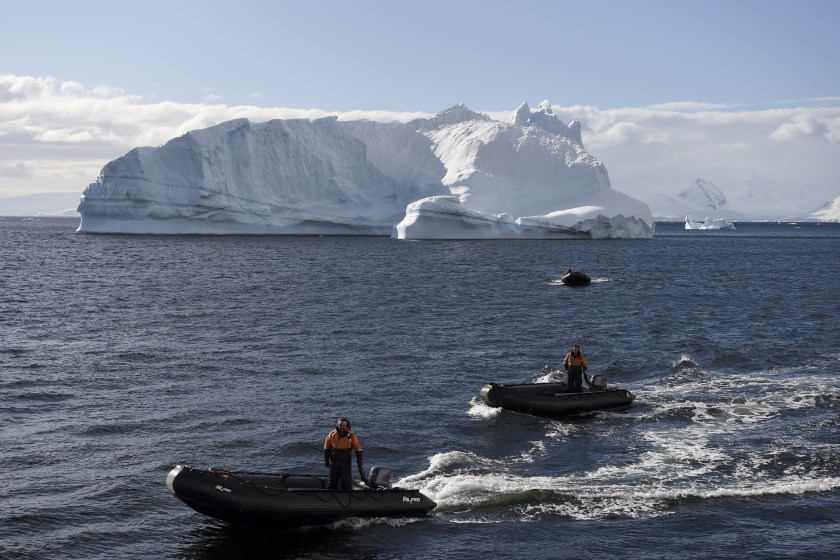
Who Makes the Decisions?
The Conservation of Antarctic Marine Living Resources, established by international convention in 1982 in response to growing commercial interest in krill, is an alliance of 24 countries and the European Union tasked with overseeing conservation and sustainable exploitation of marine life. Decisions are made by consensus.
Rare Blue Iceberg with Chinstrap Penguins (Getty Images)
Why Did It Take So Long?
Conservationists and many member nations agree protection of Antarctic waters, with limited fishing, resource extraction, and pollution, is essential to conserve polar animals and allow scientists to better understand how species and ecosystems respond to environmental change. However, there have been concerns raised by some countries, notably China and Russia, over access to fishing. There have also been geopolitical considerations. —Relaxnews
This article appeared in an InsideHook newsletter. Sign up for free to get more on travel, wellness, style, drinking, and culture.








